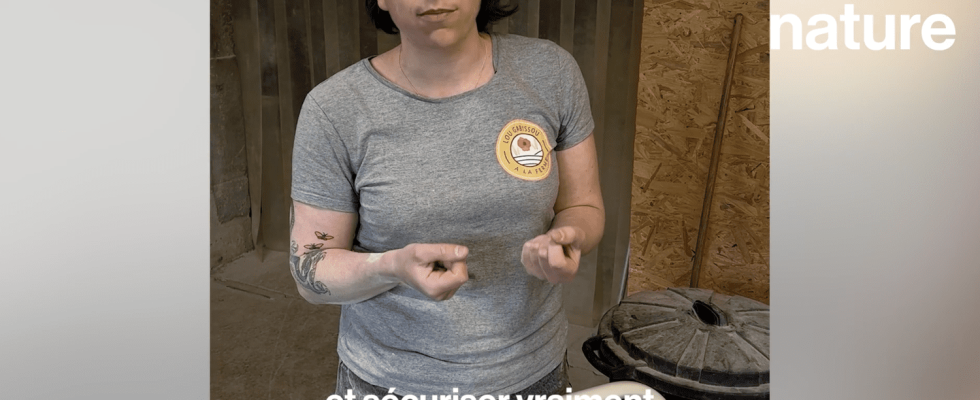Published
Update
Video length: 5 min.
Article written by

Father and daughter work hand in hand, from growing wheat to creating “pasta”, to offer a local product. Fusilli, shells, pipe rigate, the pasta is then sold in bulk or in sachets in organic stores and markets. Brut visited the production in Saint-Yrieix-la-Perche, in the Haute-Vienne department.
“What is important for me is to feed with good products around me”, explains Tiphaine de Tienda, co-founder of Lou Gabissou. Since 2019, she and her father have partnered to buy a farm to grow their own cereals and process them. Her father grows the crops and Tiphaine takes care of the seed once it leaves the field. This collaboration results in unique, 100% French foods.
Of the “pasta” rustic
On their farm, the two partners grow wheat, grind flour, make pasta and deliver it to various points of sale. The beginning of the chain begins with the harvest. From July to August, the grain is harvested and then stored so that it can be ground all year round. After being harvested by his father, the cereals pass into the hands of Tiphaine. The grain is processed into fresh flour with a stone grinder to retain all the nutrients and subsequently have a fresh finished product, with flour that is less than a week old. It can be sold directly or used to make pasta.
Tiphaine also points out that these products cannot fully have this designation. “Pasta is a name reserved for food made from durum wheat, but this wheat is not very popular in my region, so I grow soft wheat. It is used to make flour for bread, for cakes, all-purpose flour. But when used in making pasta, it works”, says Tiphaine. Faster to cook and promoting better digestion, this brown pasta has a more pronounced taste: “It’s a bit more rustic”. On sale in organic stores, markets, from individuals, it takes 5.50 euros per kilo.
Consume local to secure the market
For Tiphaine, the various crises have revealed shortcomings in the routing to stores, responsible for certain empty shelves. “Me, I produce wheat every year, I will always have a minimum. So my production is slow, much slower than in the industry, but it’s steady and it has no flaws”. Obtaining regular supplies from local producers would be, for her, the solution to consider in order to sustain food production.
